The famous American travel writer Bill Bryson once called them “sensationally ugly”.
But demolishing Inverness’s Upper Bridge Street buildings would be a mistake, according to a city architect.
The grey concrete blocks are in line for redevelopment as part of plans to transform Inverness Castle into a major tourist attraction.
Once the castle opens to the public in 2025, sights will be set firmly on improving three nearby buildings which many say look out of place on the Highland capital’s skyline.
The most popular local option seems to be knock them down and start again.
But Calum Maclean, who runs architectural firm MAAC Studio, says that would be like “ripping out an entire chapter” of Inverness’s history.
‘People no longer appreciate the ideas behind them’
The architect knows his view isn’t the most popular one.
And Calum isn’t saying they should be preserved in their current form either.
He just wants to see every avenue around retaining and improving the buildings is explored before anyone breaks out the wrecking ball.
“They’re not without fault,” Calum said. “I’m not going to say that they couldn’t be better.
“But at the same time, they’re not as bad as everybody seems to say they are.
“It’s very easy to take a populist view and just condemn them as ugly. But the context in which they were built is gone.
“And people have forgotten – or no longer appreciate – the ideas that were behind them.”
The blocks were built in the 1960s. It was a post-World War Two era that was a lot more interested in leaving the past behind than we are today.
Back then, the old A9 ran right through the centre of town.
Bridge Street needed to be widened to accommodate a huge increase in traffic on the roads.
What was once suitable for horse and cart desperately needed an upgrade.
Older buildings were demolished and in their place, the boxy blocks that we all now know emerged.
Travel writer’s scathing Bridge Street assessment
In 1995, the buildings achieved notoriety when travel writer Bill Bryson referenced them in his book Notes From a Small Island.
He said: “I regret to say that I could never live in Inverness because of two sensationally ugly modern office buildings that stand by the central bridge and blot the town centre beyond any hope of redemption.
“They weren’t just ugly and large but so ill-designed that you could actually walk around them at least twice without ever finding the front entrance.”
Those views have been pretty commonplace in Inverness since then.
The buildings previously housed the Highlands and Islands Development Board and the Crofting Commission.
When Highland Council bought the blocks in a £5.2m deal in July 2018 it was seen as a landmark moment.
Then council leader Margaret Davidson called them “great grey lumps” and referenced the most popular opinion on the street.
She said: “I know the favourite would be to press a button and blow them up. But let’s just think about exactly what we are doing and in what order before we move ahead.”
Bridge Street is Inverness’s ‘biggest eyesore’
Inverness city leader Ian Brown isn’t a fan either.
Mr Brown has been heavily involved in the Inverness Castle project. And he is looking forward to some changes happening at Bridge Street.
Councillor Brown said: “The council doesn’t have the money to redevelop it ourselves. We’d need a partnership to do that but we’re actively looking for that.
“Nothing will happen until after the castle is finished. But to me, it is the biggest eyesore in Inverness.”
Finances will play a part in what ultimately happens to the buildings.
The council is currently receiving rent from the tenants using the space. Given its budget struggles, it is not in a position flush a steady income stream down the toilet.
There is also a question mark over some of the remaining city deal funding as we edge closer to the 10-year deadline for the cash to be spent.
What changes are possible?
In 2019, a group of fourth-year architectural students from UHI were set the challenge of redeveloping the site.
Some of the designs offered a glimpse into what might be possible with enough cash and imagination.
There was an uproar in 2016 when a plan to spend £500,000 on gold cladding for Bridge Street’s museum and art gallery emerged.
That might put some people off suggesting anything too radical.
But you’d expect even a paint job to offer some improvement.
Other box-shaped designs at the Inverness Justice Centre and Inverness Campus have won plaudits for their look.
And even the building across the road that houses Zizzi’s and a number of flats is a similar shape.
Nothing will be done until the council holds a consultation to gather the public’s views.
Calum, who has published two books on architecture in Inverness, hopes that people take a bit of time to think about it before having their say.
He said: “All of the buildings in Inverness tell a story about the town. And about what each generation was thinking at the time is recorded in the buildings that were left behind.
“So you’ve got this book with all the different chapters of Inverness, how it’s evolved and how it’s changed.
“It would be a terrible shame to just rip out an entire chapter, throw it in the fire and pretend it never happened.
“There’s an opportunity to do something here to these buildings. But razing them to the ground is not what should happen.”
For more Inverness news and updates join our local Facebook group.
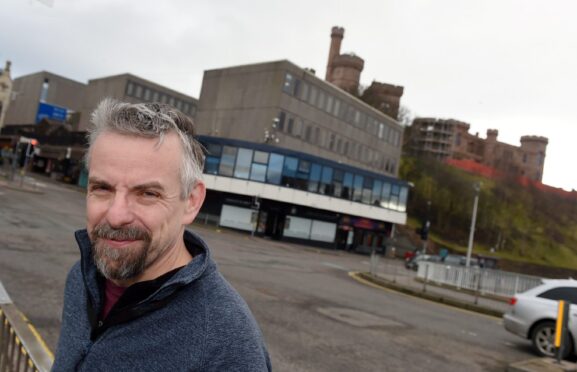

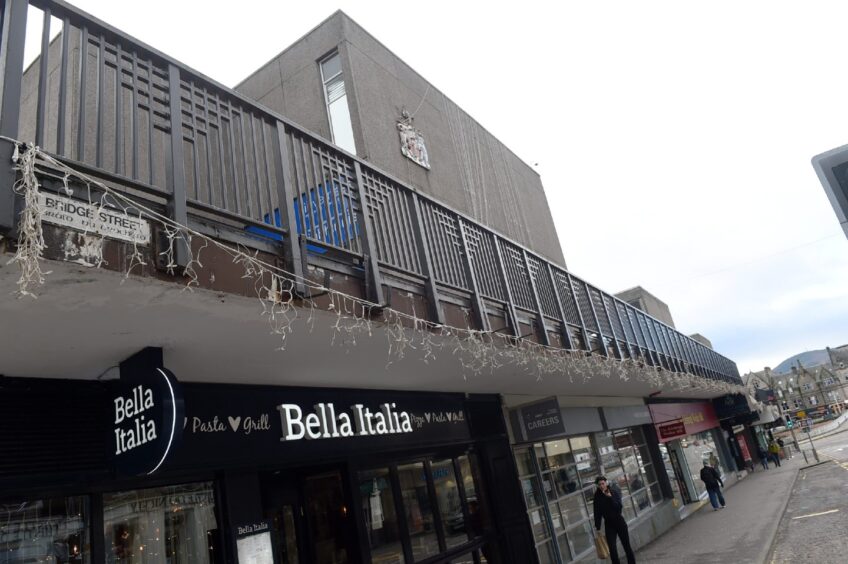
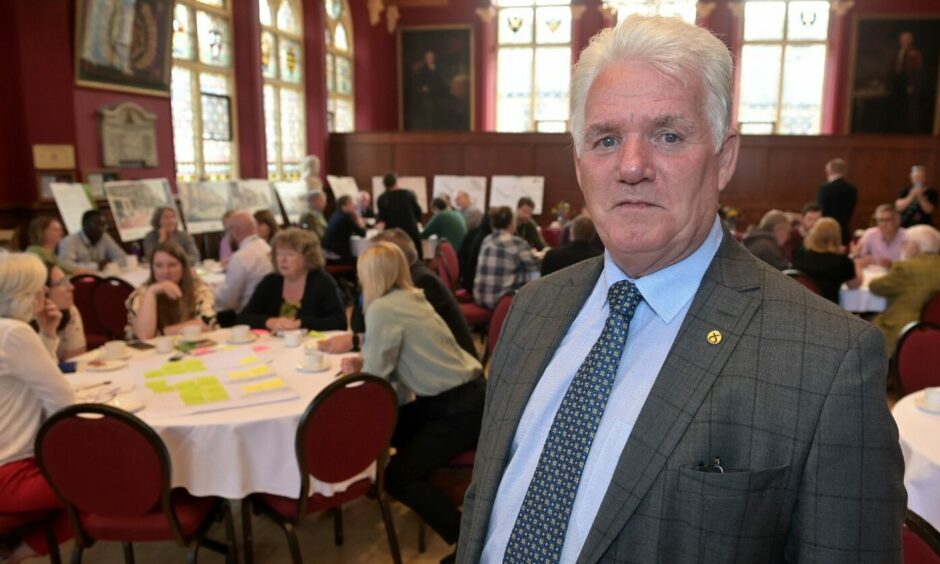
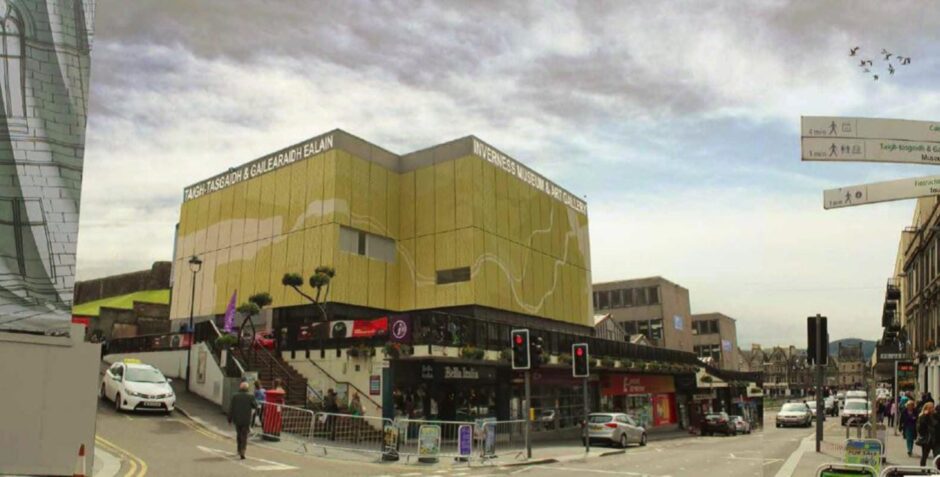
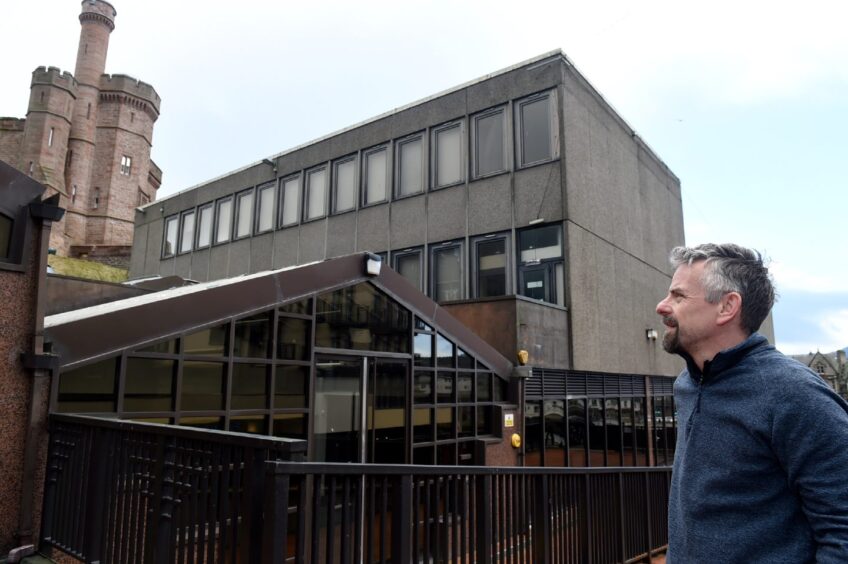
Conversation